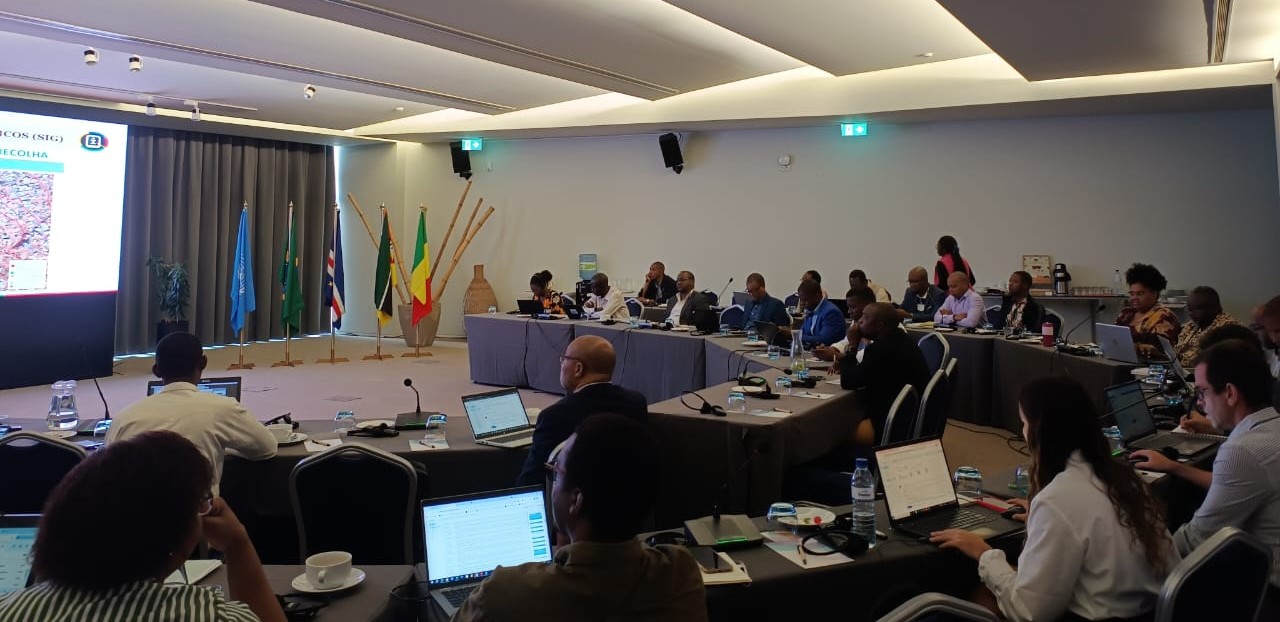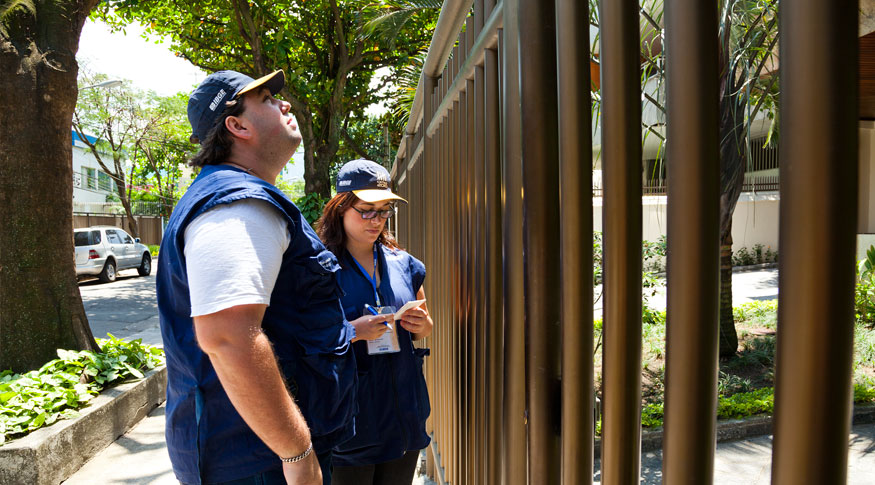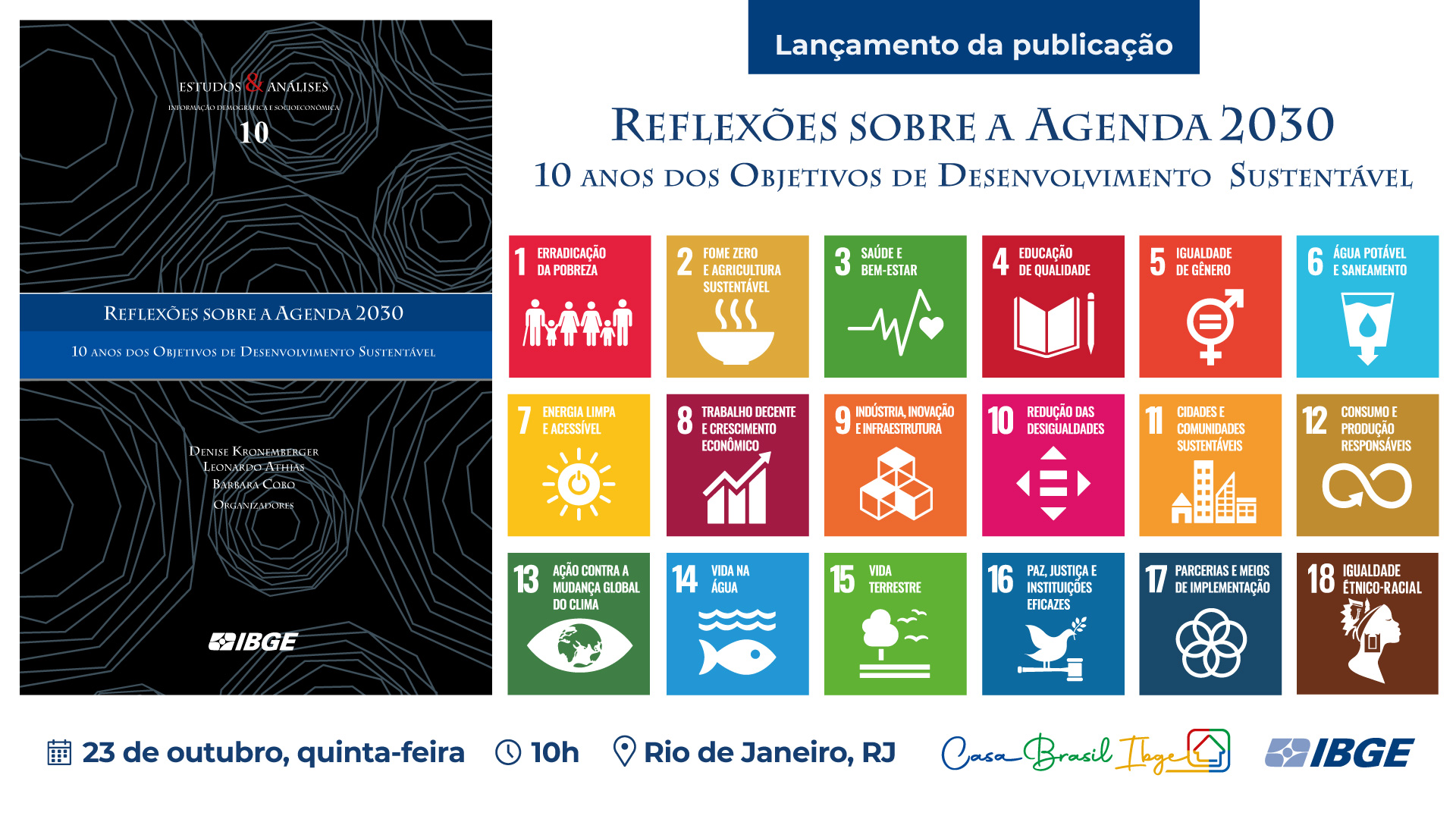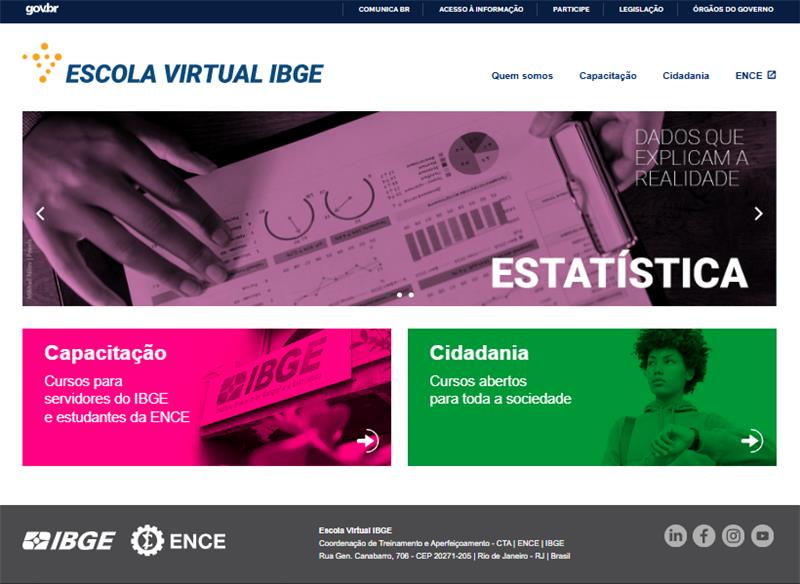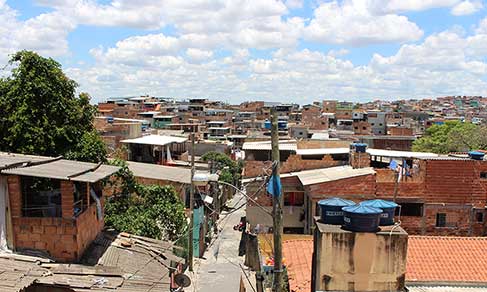Monthly Survey of Trade
Retail sales drop 1.4% in June, second consecutive month on negative side
August 10, 2022 09h00 AM | Last Updated: August 10, 2022 02h38 PM

Sales in the retail trade in Brazil retreated 1.4% between May and June. This is the second consecutive negative change in the sector, which accumulates a retraction of 0.8% in two months compared with the previous bimester. The June´s result brings the highest negative change for trade since December last year, when the drop was 2.9%. The first semester of the year registers a cumulative rise of 1.4% against the same period of 2021 and, in the last 12 months, a loss of 0.9%. The last indicator also records the second consecutive month on the negative side, which did not happen since August 2017.
The data are from the Monthly Survey of Trade (PMC), released today (10) by the IBGE.
Compared with May, the retraction was spread along seven out of eight activities investigated in the survey. Two of them registers a greater influence on the overall retail index: fabric, apparel and footwear, with a drop of 5.4%, and hypermarkets, supermarkets, food products, beverages and tobacco, a segment that retreated 0.5% in the period.
“The activity of hypermarkets and supermarkets exerted an important influence on inflation along the first semester of the year. Between April and May, it changed 4% in revenue and 1% in volume of sales, an indicator in which the survey already discounts the inflation. Between May and June, that activity fell 0.5% in volume, though it changed 0.3% in revenue. That means a lower range in the inflation, yet enough to volume to register a negative change in spite of the revenue being on the positive side,” explains Cristiano Santos, manager of the survey.
The researcher also highlights the retreat in the sector of fabric, apparel and footwear, which is still 9.9% below the pre-pandemic level, registered in February 2020. “That activity recorded a steep drop between May and June. Along the year, a new strategy adopted by those enterprises of also launching their e-businesses, of performing virtual sales more often than before, since it is very important to experience a product before buying in that sector,” complements the researcher.
The activity of pharmaceutical, medical, orthopedic articles and toiletries (1.3%) was the only one to grow over the previous month. “In that segment, the rise is due to pharmaceuticals and it reflects the rise in the prices of medicines. Most of the time, that is a type of product that cannot be replaced. That increases the expenditure of a family, which might spend in that activity and decrease the consumption of others,” analyzes Santos.
In the extended retail trade, which also includes vehicles and construction material in addition to retail, the retraction was of 2.3% in the period. Both the sector of vehicles and motorcycles, parts and accessories (-4.1%) and construction material (-1.0%) retreated.
Retail closes first semester with rise of 1.4%
The retail accumulated a rise of 1.4% in the first semester, after dropping 3.0% in the second semester last year. Six activities grew. Among them, the highest changes were recorded by books, newspapers, magazines and stationery (18.4%), fabric, apparel and footwear (17.2%) and pharmaceutical, medical, orthopedic articles and toiletries (8.4%).
Still in the first semester this year, only two activities dropped: furniture and domestic appliances (-9.3%) and other articles of personal and domestic use (-2.8%). When considering the extended retail trade, the segment of vehicles and motorcycles, parts and accessories advanced 0.4%, whereas the sector of construction material declined 7.3%.
Change is -0.3% over June last year
The retail sales changed 0.3% compared with June last year. That is the second consecutive result on the negative side, since this indicator changed -0.2% in May. Among the activities surveyed, positive rates prevailed, highlighted by pharmaceutical, medical, orthopedic articles and toiletries (11.0%), fuels and lubricants (7.8%) and books, newspapers, magazines and stationery (2.6%), which registered the highest changes.
The activities that retreated in the period were those of other articles of personal and domestic use (-11.4%) and of furniture and domestic appliances (-14.7%). The extended retail registered a drop of 3.1% over June 2021, with a retraction in vehicles and motorcycles, parts and accessories (-7.1%) and in construction material (-11.4%).
More about the survey
PMC produces indicators to monitor the short-term behavior of retail trade in Brazil, investigating the gross revenue of formal enterprises with 20 or more employed persons and whose major activity is retail trade.
Having started in 1995, the PMC brings monthly results of changes in sales volume and nominal revenue for retail trade and extended retail trade (cars and construction material) for Brazil and Federation Units. The results are available on Sidra.



